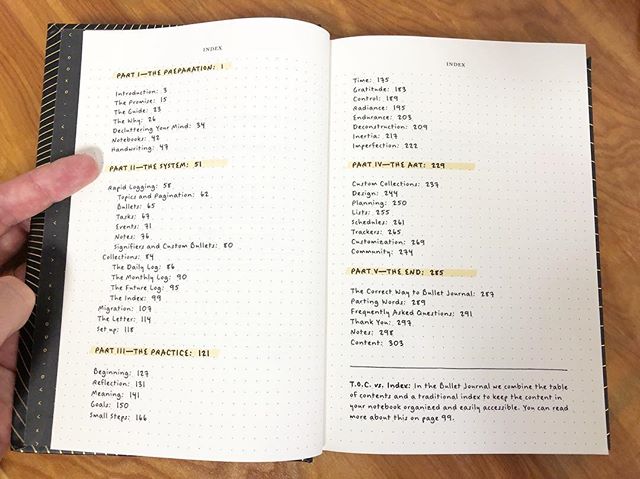Tips
There is some evidence that reading in print (and handwriting or typing) improves recall.
Daniel Callison, "Note-taking: Different Notes for Different Research Stages" School Library Media Activities Monthly. Vol. 19, no. 7 (Mar 2003): 33.
Index cards?!?!
Taking notes on Index cards is a tried and true method that has been around for many years and used the idea of each card being tagged with topic words (long before the word "tag" was used).
Index cards are inexpensive and convenient; they can be color-coded. They can be numbered, ordered, and sorted, and pinned to a bulletin board or laid out on a table in preparation for writing.


How to take notes with index cards (Pike School)
Reading-Writing Online Notetaking (Hunter College)
A one-sided handwritten sheet of paper can be easily turned into index cards by cutting it up (but make sure passages are tagged and attributed before cutting.)
Cornell System
No relation to Cornell University, but a very very good method of handwriting notes in lecture or while reading.
(Now available as an iPad app!)
The Research Journal
Bullet Journal for Note-taking
Bullet journals have become popular for good reason; they help manage time and organize projects. They can also be adapted for note-taking.
Characteristics of bullet journals that lend themselves to handwritten notes:
- Use a notebook which doesn't have to be a bullet journal; it could be an ordinary spiral notebook
- Number the pages as you go
- Set aside the first pages and the last pages.
- On the first pages create a running Table of Contents, listing topics and/or sources by page numbers.
- Create a system of tags.
- On the last pages, create a running Index to tags and the page numbers on which tagged passages can be found.
Using a Bullet Journal for Research

Image courtesy of Buster Benson on Flickr
Taking Notes in Lectures
Classes: Notetaking, Listening, Participation (from Dartmouth College)
Study Skills Resources (from Cornell University)

